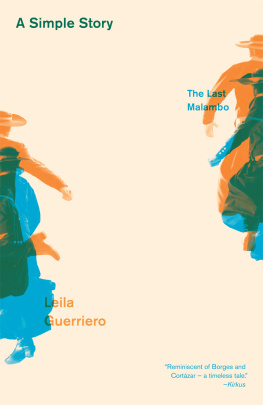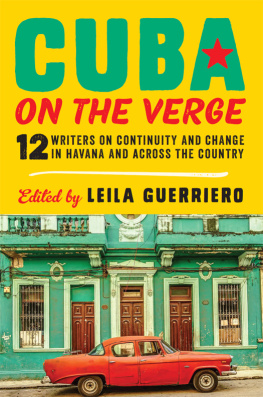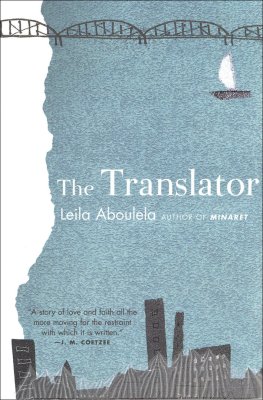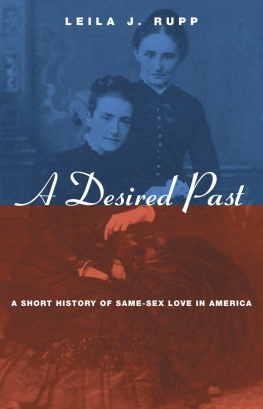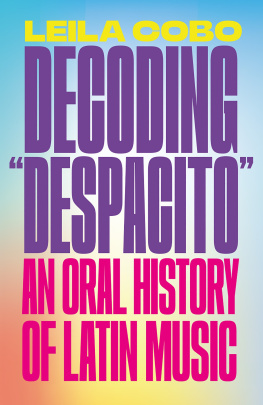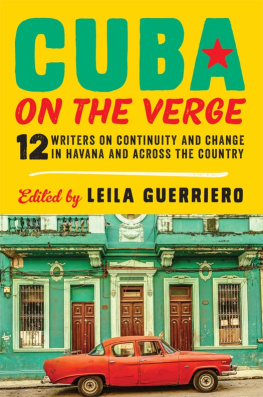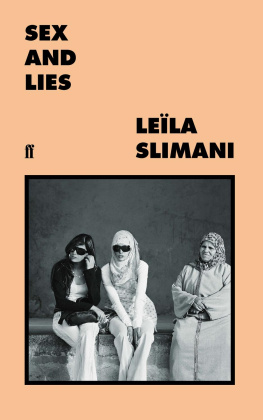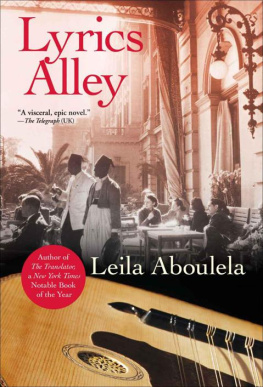A Simple Story
For Diego,
who always knew,
who never doubted
this is the story of a man who took part in a dance competition.
The town of Laborde, population six thousand, is located in the southeast of the Crdoba province of Argentina, three hundred miles from Buenos Aires. It was founded in 1903 under the name Las Liebres. The area, colonized by Italian immigrants at the start of the last century, is flush with wheat, corn, and their usual byproducts: flour, and mills that create enough work for hundreds of men and women. The regions prosperity, now sustained by soy, is reflected in towns that look like they were plucked from the imagination of a tidy psychotic child: small urban centers complete with church, main square, town hall, houses with gardens, the latest model four-wheel-drive Toyota Hilux, sometimes two, shiny and new, parked out front. Route 11 passes through many towns like this one: Monte Maz, Escalante, Pascanas. Between Escalante and Pascanas lies Laborde, a small town with its church, main square, town hall, houses, gardens, trucks, et cetera. Its one more of thousands of towns in the Argentinian interior whose name means nothing to the rest of the countrys inhabitants. A town like so many others, in an agricultural region like so many others. But for certain people with a very specific interest, Laborde is an important town. In fact, for these people with this specific interest theres no town in the world more important than Laborde.
On Monday, January 5, 2009, the entertainment section of the Argentinian newspaper La Nacin published an article by the journalist Gabriel Plaza. Titled The Athletes of Folkloric Dance Are Ready, it took up barely two columns on the front page of the section and two half columns inside, which included the lines: Considered an elite corps within folkloric dance, the champions walk the streets of Laborde with the same respect proffered to the athletic heroes of Ancient Greece. I saved the article for a few weeks, which turned into months, and then two long years. I had never heard of Laborde but after reading that dramatic description elite corps, champions, and athletic heroes in relation to folkloric dance and an anonymous town in the pampas, I couldnt stop thinking. About what? About going to see it, I guess.
Gaucho, as defined in Felix and Susana Coluccios Argentinian Folkloric Dictionary, is the word used in the River Plate region of Argentina and Uruguay for the horseback riders of the plains or pampas, dedicated to raising livestock. Typically horseback riders and cattle ranchers, known for their skill, pride, and a reserved, melancholic nature. Almost all of their tasks are carried out on horseback, the horse being their constant companion and primary source of wealth. The gaucho stereotype bestows other characteristics: he is considered brave, loyal, strong, indomitable, austere, tough, taciturn, arrogant, fierce, solitary, and nomadic.
Malambo, according to the Argentinian writer and nineteenth-century folklore specialist Ventura Lynch, is a battle between men who tap in turn to music. It is a dance accompanied by guitar and bass drum, performed by gauchos as a competition of endurance and skill. When Gabriel Plaza spoke of an elite corps within folkloric dance this is what he was referring to: the malambo and those who dance it.
The malambos origins are unclear but its generally agreed that it came to Argentina by way of Peru. The dance is composed of a combination of movements and rhythmic taps that are executed with the feet. Each group of movements within a determined musical rhythm is called a figure, writes the Argentinian folkloric dance specialist Hctor Aric in Traditional Dances of Argentina. The movements are composed of sole taps, toe taps, heel taps, jumps, half toe rests, and ankle flexes (impossible contortions). A professional malambo includes more than twenty figures, separated by taps eight in one and a half seconds that require enormous muscle strength, incredible reflexes. Every figure carried out by one foot must be executed identically with the opposite foot. This means that a malambo dancer needs to be precise, strong, fast, and elegant with the right foot and precise, strong, fast, and elegant with the left as well.
The malambo has two styles southern, from the central and southern provinces of Argentina, and northern. The southern style has gentler movements and is accompanied by guitar. The northern style is more forceful and is accompanied by guitar and bass drum. The attire is distinct in each case. For the southern style, the gaucho wears a bowler hat or top hat, white shirt, tie, vest, and a short jacket. An embroidered poncho (called a chirip) is worn over the cribo (wide white pants, bordered with embroidery and fringe) tied at the waist by a sash, and a rastra (a wide belt with silver or metal decorations). The gauchos horsehide boot is more like a very thin leather sheath tied carefully at the calf. It covers only the back part of the foot, which hits the floor almost naked. For the northern style, the gaucho wears a shirt, scarf, jacket, bombachas (wide pleated pants), and tall leather boots.
This is strictly a masculine dance, which began as a rustic challenge, then hit the twentieth century as a choreographed competition, between two and five minutes long. The malambos most popular versions, in the shows for export, include dancers that juggle knives or jump over lit candles. In some Argentinian folkloric festivals, only more authentic versions of the dance are permitted. But its in Laborde, a small town on the flat Argentinian pampas, where the malambo conserves its purest form. Every year since 1966, a prestigious and formidable dance competition is held here. It lasts six days and requires of its participants an intense training, yielding a winner who, like a bull, like a purebred animal, receives the title of champion.
Organized by a group called Friends of the Arts, the National Malambo Festival of Laborde was held for the first time in 1966. In 1973, a committee organized by locals, and made up of manicurists, speech therapists, teachers, business owners, bakers, and homemakers purchased the ten-thousand-square-foot exhibition grounds from the Spanish Society and constructed a stage. That year they drew two thousand spectators. There are now more than six thousand annual attendees and although malambo dominates, additional categories include solo vocalist, instrumental group, dance duo, and regional dance quartet. Outside the competition, prestigious musicians and folkloric groups perform (such as Chango Spasiuk, Peteco Carabajal, or La Callejera). Each year, teams of dancers arrive from all over Argentina and neighboring countries such as Bolivia, Chile, and Paraguay. Residents rent out their homes and local schools are used to accommodate the overflowing crowds. Participation in the festival is not extemporaneous: a nationwide preselection is held months in advance. Only the best make it to Laborde, accompanied by a representative from their province.
The organizing committee is self-financed and they refuse to enter the circuit of the large national folkloric festivals (Cosqun, Jess Mara), tsunamis of tradition, televised for the entire country. At Laborde, there is no interest in putting on a visually attractive spectacle. The daily competition schedule, from seven p.m. to six a.m., as well as the intricate dance moves, are not meant for eyes that seek mere entertainment. In Laborde, you wont see gauchos leaping over flames, suits plastered with glitter, or shoes encrusted with rhinestones. If the Laborde competition calls itself the most Argentinian of festivals its because tradition, pure and simple, is the main attraction. The rules prohibit any kind of innovation and what the judges (made up of former champions and specialists) want to see is folklore without the remix: clothes and shoes that respect the modest elegance of the gauchos and

